Apple products tend to have long life cycles.
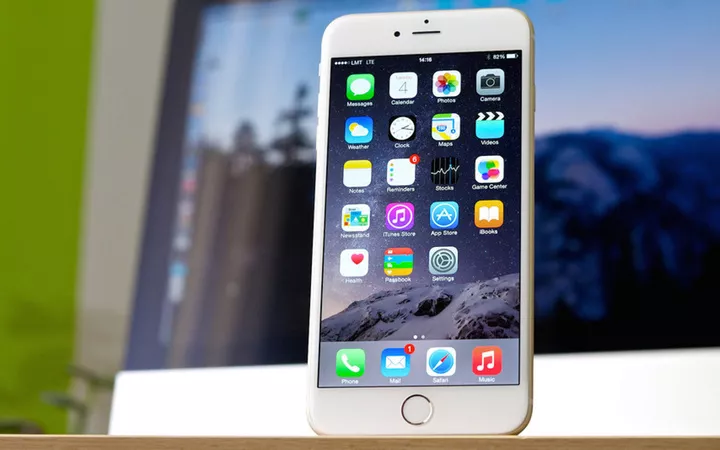
The iPhone 6s, which was a godsend in 2015, even supports iOS 15 and has been with many users through the 'seven-year itch'.
It wasn't until this fall's iOS 16 that the iPhone 6s generation was classified as an unsupported model.
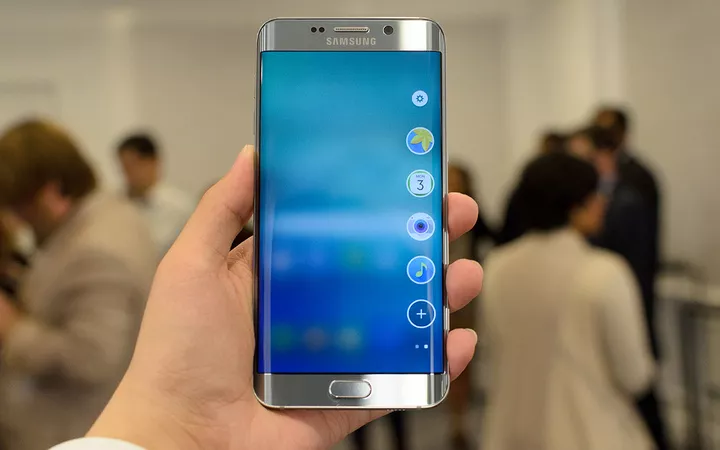
▲ Samsung Galaxy S6 edge
That's a lot of time for a smartphone in seven years. Flagships like the Samsung Galaxy S6 and Xiaomi Note from the same era are now long gone.
Smartphones are changing quite quickly, and with that comes a much higher frequency of switching.
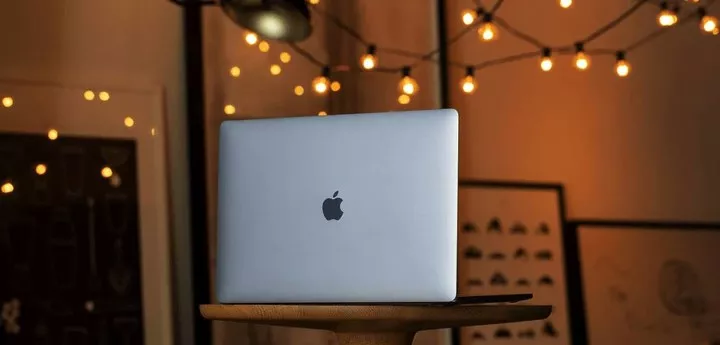
Therefore, it is very special when a phone has 6-7 years of system updates and hardware maintenance.
But when replacing a smartphone with a laptop, the maintenance cycle of just a few years may not be as comforting.
"Vintage obsolete products"
There is a list on the Apple website that is updated from time to time. It is not a ranking of the popularity of new products on sale, but rather a 'retro obsolete' collection of products.
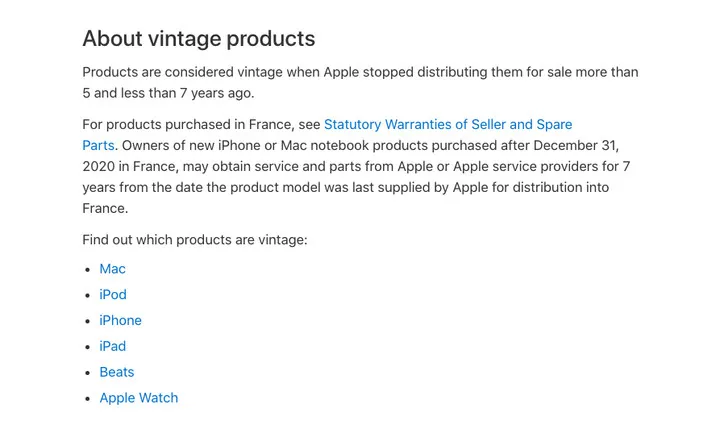
Included in this list are iPhone, iPad, Mac and other products that Apple has discontinued.
Products that are mostly 5 to 7 years old in terms of release will no longer be eligible for repair services from official Apple or third-party authorized repairers.

▲ The loss of official support requires finding a personal repair facility
Of course, subsequent software updates are also discontinued along with support, unless an emergency update is released due to a major software vulnerability.
To put it bluntly, these products are officially labeled as 'obsolete'.
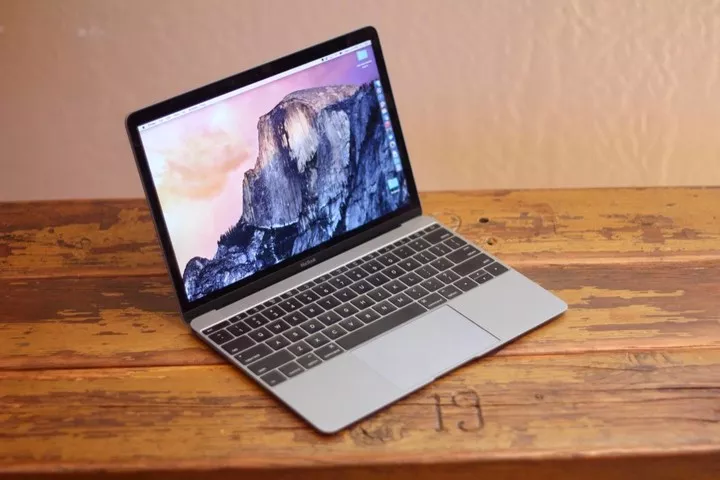
▲ MacBook 12
Earlier, the 2016 MacBook Pro line was added to this list, along with the 2015 MacBook Air, 2016 MacBook, 9.7-inch iPad Pro, and 2015 iMac.
Among other things, the 2016 MacBook Pro line features new design concepts, like the Touch Bar and butterfly keyboard, and is also the ultimate in thinness and lightness for its time.
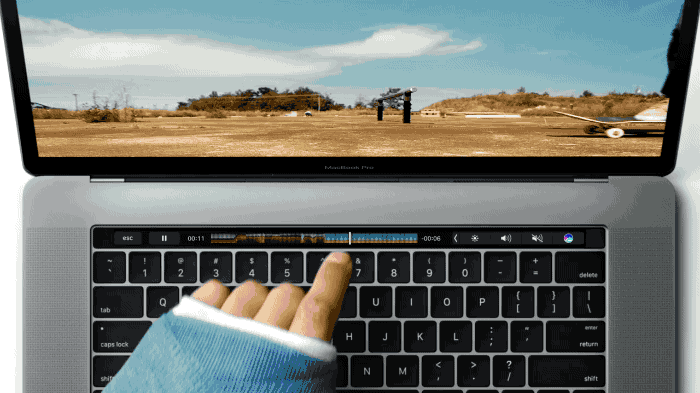
▲ Touch Bar is more like a fun feature
This thin and light design style is something Apple continues to use today, even with this year's M2 MacBook Pro.
Now Apple has included the first Touch Bar MacBook Pro in the 'retro' list, and hints that the once thin and light design is obsolete and that M-chip Macs are the dominant design.
Comments from both sides
The expansion of this list is actually a pretty normal thing to change. It's just that many of today's MacBook Pro 2016s are more than capable of doing a lot of work in terms of performance, and are even still capable of carrying the load for a while.
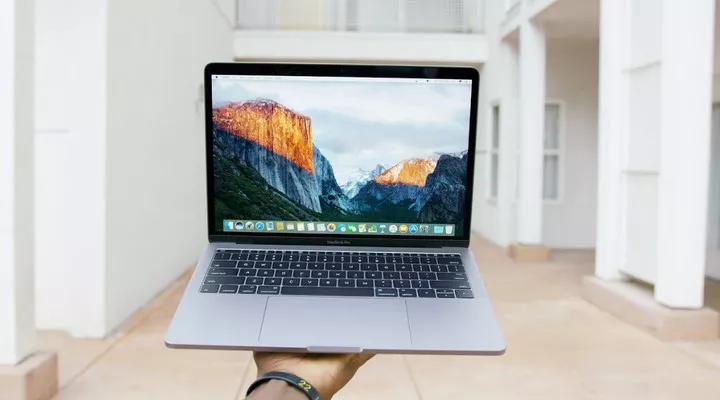
After Apple's update to the list, what was expected to be a calm as usual was a heated standoff in the comments section of many forums.
"Leave not a tear behind."
Remember that while the iPhone 6s line made this list with a whiff of merit, the MacBook Pro 2016 is a very different story, carrying a bunch of controversy.
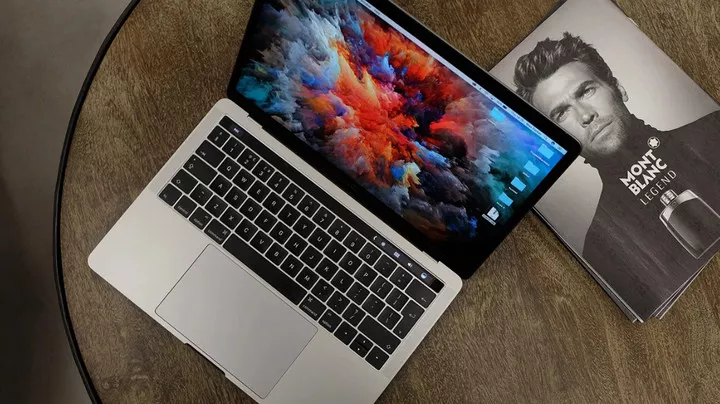
After improving its design in 2016, the MacBook Pro began to drastically reduce the space inside the machine in order to be thin and light.
This brings up several issues, one being the reduction of the battery capacity to 50Wh, the introduction of the butterfly keyboard, the cuts to the cooling system, and the lack of screen lining prep.
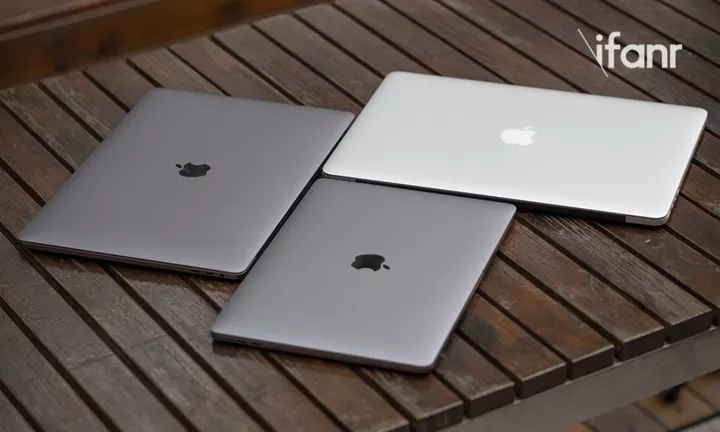
▲ MacBook Pro's New and Old
It's no coincidence that the MacBook Pro 2016 is powered by Intel's sixth-generation Core processors, and it's around that time that Intel's low-voltage processors became less efficient.
The four aforementioned issues make the once very durable MacBook Pro suffer from poor battery life, keyboard stuttering, heat buildup issues, and 'stage lighting' hardness.
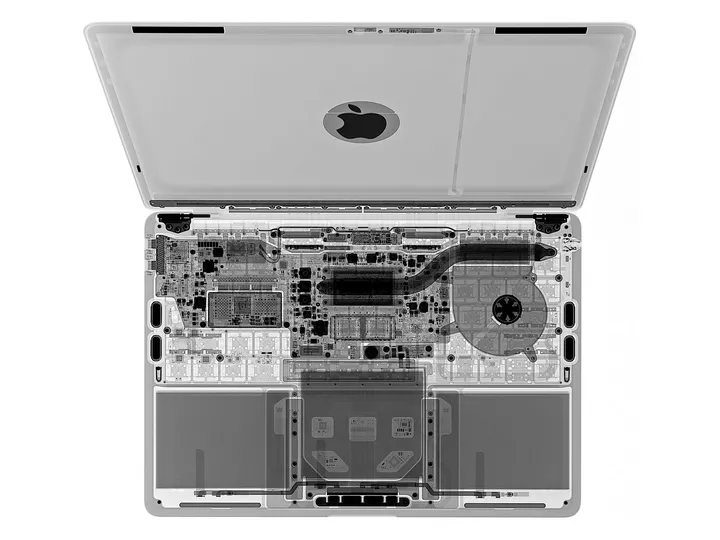
▲ Single heat pipe cooling design
For this reason, Apple has also started many rounds of repair programs, replacing the screen cover, replacing the keyboard, and with any luck, replacing all but the bottom cover and motherboard with new ones.
These flaws have led to a "mixed bag" of "new design" MacBook Pros.
Not to mention, it also comes with a power hungry Touch Bar, for which there is no separate ESC or physical function button, and although it has a Pro suffix, many of its functions are not so Pro.

▲ Back to practicality with the MacBook Pro 2021
And all of the above is set right by the MacBook Pro 14 (2021), reinventing the Pro Series for productivity.
By making the first-generation Touch Bar MacBook Pro obsolete, Apple is saying goodbye to the "compromises" of the past.
"It's just too fast."
Apple designed the Mac to last about five years. Five years is a long time for a smartphone, but five years is not a long time for a personal PC.

Many users have MacBook Pro 2016 or even older models still in service, and heavy productivity (e.g., video, retouching, creative work) aside, the Mac's performance is more than adequate.
Not to mention, the previous MacBook Pro had a natural advantage over its competitors in terms of memory and storage speed.
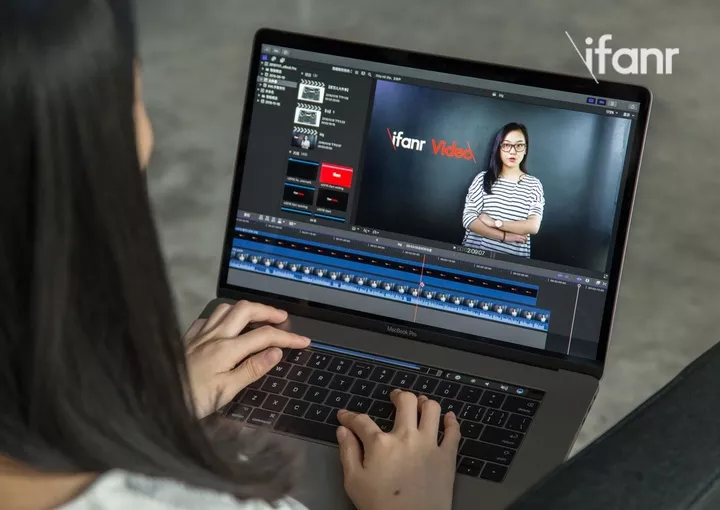
In addition, the MacBook Pro 2016 also brings support for eGPU (graphics docking station) with the full shift to the Thunderbolt 3 interface, and the combination of the two will give the MacBook Pro a qualitative boost, especially when faced with productivity scenarios that require GPU acceleration.
Even though the original MacBook Pro had many hardware flaws, it's a bit of a one-size-fits-all approach to a PC that already has a longer replacement cycle, with a "phase out" age similar to that of a smartphone.
The system is down for maintenance, forcing "obsolescence"
It was actually a foregone conclusion that the macOS Ventura would soon be classified as obsolete after it was announced at WWDC that it would not support the 2016 MacBook Pro.
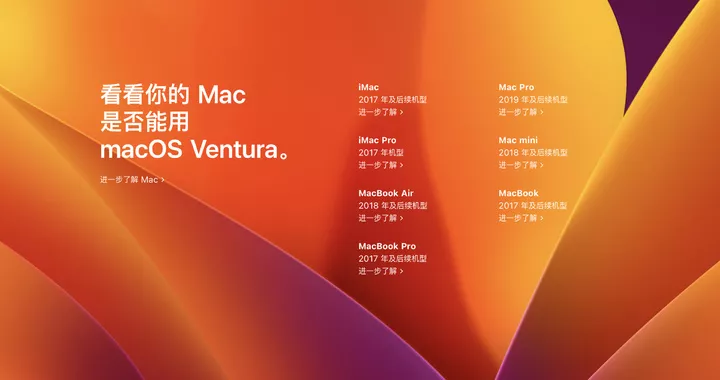
The hardware is viable and the system software stops being maintained, as is the regular practice for many Apple obsolete products.
After the advent of the M-chip, new versions of macOS will always favor the 'eco-build' of Apple chips.
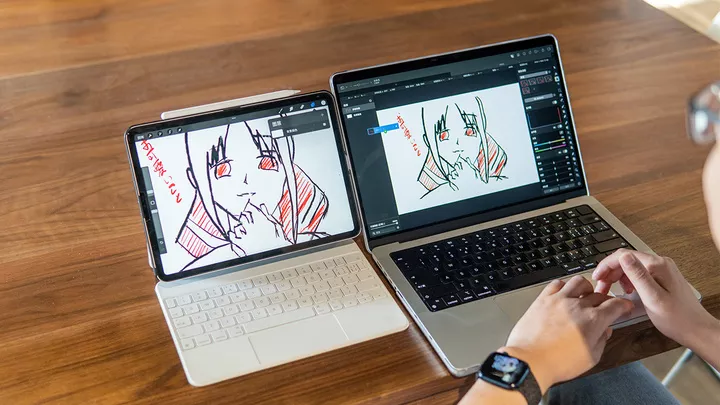
But with cross-platform features like Universal Controls already supported on macOS Monterey in MacBook Pro 2016, and the previous Sidecar (screen mirroring) feature, many of these linkage features could actually be extended to the Intel version of the Mac if Apple wanted to.
As for macOS Ventura, it's also possible to cut some features and get a major version of the system overhauled.
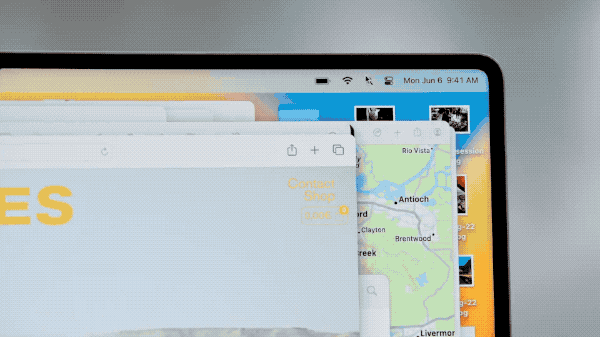
▲ On the iPad, only the M chip supports front-of-house scheduling, so it's not a chip barrier of its own creation.
The reason why the threshold is set directly at the system and software level is actually a cost removal exercise of sorts.
Older products can be understood as fragmented devices, and Apple changes the system version every year, and the additional adaptations to fit some older devices will eventually add to the development costs.
In addition, after the system stops being changed, the aftermarket can also eliminate the need to spare the corresponding parts, reducing the operational costs of the aftermarket.
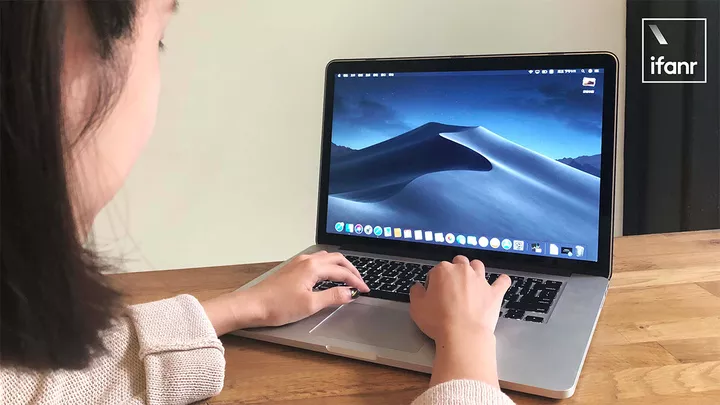
▲ macOS Mojave
Looking at the successive iterations and supported versions of macOS, the previous boundary was mostly 7 to 8 years (El Captain even supported MBP up to 2007), while macOS Ventura shortens the time to 5 years.
Combined with the fact that Apple is recently putting more effort into the development of the M-chip, the idea behind this could be to prompt older users to quickly transition to the M-chip and enter the ecological barriers that Apple has created.
In the first phase of the full shift to Arm, the M1 had quite an accomplishment, perfectly positioned to move the Mac from the Intel platform to Arm within two years and receive positive feedback from the market.
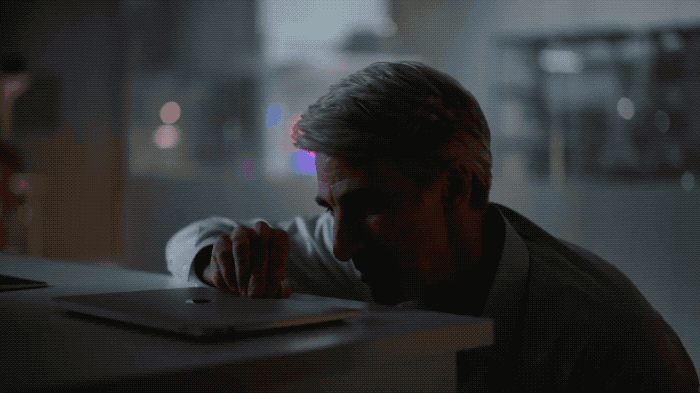
Even as the PC market is shrinking this year, Macs are starting to buck the trend thanks to the strength of the M chip, with global shipments of Macs up 9.3 percent year-over-year, according to Gartner.
And the subsequent growth trend may require the exclusion of older models from the new system, prompting the hardware to be phased out together by means of the system software stopping the turnover.
Such an approach would be less difficult for Apple to adapt the system, speed up product changeover, and gain Arm PC market share and PC market growth faster. It's just that setting the bar on software would be too ruthless for older users and older devices.